Toyota to Study Advanced Driving System Interactions

Toyota will be launching nine new studies over the next five years to improve automotive safety, specifically in relation to how drivers engage with advanced driving aids equipped to modern vehicles. While the press release to a back seat to the automaker receiving an award for hiring female engineers and a $400,000 donation to the National Environmental Education Foundation, it’s likely to have broader ramifications on the industry.
Despite launching a bevy of new assistance features over the past few years, manufacturers haven’t actually spent all that much time studying how they might impact the act of driving. Testing usually focuses on ensuring the system functions, with independent research being left to examine how electronic helpers might influence behavior from behind the wheel. Unfortunately, preliminary studies have suggested that they lull motorists into a false sense of security, potentially offsetting any legitimate safety advantages the relevant technologies provide.
The industry has gotten better in recent years due to growing public scrutiny. But the cart was already placed before the horse, with companies releasing all manner of semi-autonomous driving systems for their high-end products while older features trickled down to entry-level vehicles before there had been much long-term testing. Though the handful of comprehensive studies that did come out seemed to indicate that the more help a driver was getting from the car, the less sharp their skills behind the wheel became.
Anecdotally, I’ve seen this phenomenon take place whenever I watch someone accustomed to modern cars hop into something without a lot of electronic assistance. Someone who has spent the last few years with automatic headlights or windshield wipers will undoubtedly become more flummoxed when needing to activate those systems than a person who has been driving around an older model that requires more DIY features. It could be argued that’s simply the nature of progress. But systems like automatic emergency braking and lane-keeping are harder to pin down. Despite having the potential to help someone totally avoid an accident, studies have shown they don’t always work as intended (especially when conditions are less than ideal). Combine that with the premise that they also might also be dulling your skillset as a motorist and you can see why Toyota might want to take a deeper look.
According to Automotive News, Toyota’s Collaborative Safety Research Center in Ann Arbor, MI, has invested $85 million over the last decade to fund 260 individual research programs — usually via partnerships with university-based researchers. In November of 2021, the company announced it would pony up an additional $30 million over the next five years to continue and expand areas of research with dozens of universities working on different areas of automotive safety. Better still, the data is open-source and available to anybody who wants to peer into the findings before they build their next automobile.
From AN:
Among the newly funded research projects is a study being conducted with the Massachusetts Institute of Technology, which will try to determine what other things drivers do in the vehicle while Level 2 driving-assistance features are engaged. The study will put people in vehicles equipped with driving technologies and observe their behavior through driver-monitoring systems.
Another study, conducted with researchers at the University of Iowa, will look at how consumers should be educated about changes to the safety functions of their vehicle when it undergoes an over-the-air update, and how those technology changes impact driving performance and behavior. A third advanced driver-assistance systems-related study, being planned with the University of Massachusetts-Amherst, will look at how to train drivers on the proper uses of assistance systems, including when those individuals have an uninformed or misinformed understanding of what those systems can do.
Other research projects will study how to make new drivers better drivers, improving safety for nonmotorists interacting with automobiles, the risk factors around heat-stroke dangers for children and animals in unattended vehicles, and avoiding intersection collisions using driver-assistance technologies.
With U.S. automotive fatalities having climbed in 2020 and 2021, this is probably something everyone should be looking into. Granted, the leading explanation for rising crash rates has been an aging population of drivers and increased substance abuse. But the poor execution of driving assistance suites, which the government seems to be extremely critical of when they’re coming from Tesla, may also be playing an important factor. I would personally also like Toyota to investigate how distracting centrally mounted touch screens are because they seem to be a genuine safety hazard that’s gone under the radar because the industry now has numerous revenue schemes tied to them.
“In the future, as our industry shifts to new technology in the area of connectivity, automation, shared service and electrification, we must not overlook the importance of people,” stated Shinichi Yasui, executive vice president at Toyota Motor North America Research and Development.
[Image: Toyota]

A staunch consumer advocate tracking industry trends and regulation. Before joining TTAC, Matt spent a decade working for marketing and research firms based in NYC. Clients included several of the world’s largest automakers, global tire brands, and aftermarket part suppliers. Dissatisfied with the corporate world and resentful of having to wear suits everyday, he pivoted to writing about cars. Since then, that man has become an ardent supporter of the right-to-repair movement, been interviewed on the auto industry by national radio broadcasts, driven more rental cars than anyone ever should, participated in amateur rallying events, and received the requisite minimum training as sanctioned by the SCCA. Handy with a wrench, Matt grew up surrounded by Detroit auto workers and managed to get a pizza delivery job before he was legally eligible. He later found himself driving box trucks through Manhattan, guaranteeing future sympathy for actual truckers. He continues to conduct research pertaining to the automotive sector as an independent contractor and has since moved back to his native Michigan, closer to where the cars are born. A contrarian, Matt claims to prefer understeer — stating that front and all-wheel drive vehicles cater best to his driving style.
More by Matt Posky
Latest Car Reviews
Read moreLatest Product Reviews
Read moreRecent Comments
- Kjhkjlhkjhkljh kljhjkhjklhkjh I own my house 100% paid for at age 52. the answer is still NO.-28k (realistically) would take 8 years to offset my gas truck even with its constant repair bills (thanks chevy)-Still takes too long to charge UNTIL solidsate batteries are a thing and 80% in 15 minutes becomes a reality (for ME anyways, i get others are willing to wait)For the rest of the market, especially people in dense cityscape, apartments dens rentals it just isnt feasible yet IMO.
- ToolGuy I do like the fuel economy of a 6-cylinder engine. 😉
- Carson D I'd go with the RAV4. It will last forever, and someone will pay you for it if you ever lose your survival instincts.
- THX1136 A less expensive EV would make it more attractive. For the record, I've never purchased a brand new vehicle as I have never been able to afford anything but used. I think the same would apply to an EV. I also tend to keep a vehicle way longer than most folks do - 10+ years. If there was a more affordable one right now then other things come to bear. There are currently no chargers in my immediate area (town of 16K). I don't know if I can afford to install the necessary electrical service to put one in my car port right now either. Other than all that, I would want to buy what I like from a cosmetic standpoint. That would be a Charger EV which, right now, doesn't exist and I couldn't afford anyway. I would not buy an EV just to be buying an EV. Nothing against them either. Most of my constraints are purely financial being 71 with a disabled wife and on a fixed income.
- ToolGuy Two more thoughts, ok three:a) Will this affordable EV have expressive C/D pillars, detailing on the rocker panels and many many things happening around the headlamps? Asking for a friend.b) Will this affordable EV have interior soft touch plastics and materials lifted directly from a European luxury sedan? Because if it does not, the automotive journalists are going to mention it and that will definitely spoil my purchase decision.c) Whatever the nominal range is, I need it to be 2 miles more, otherwise no deal. (+2 rule is iterative)


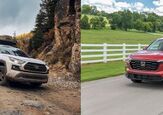















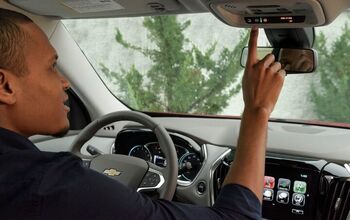
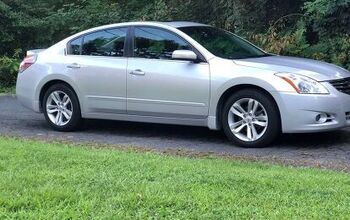
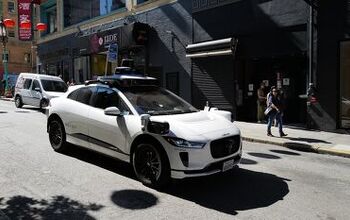


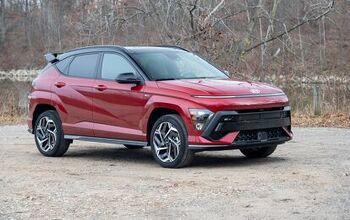
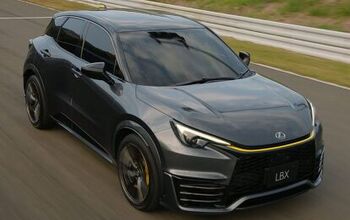

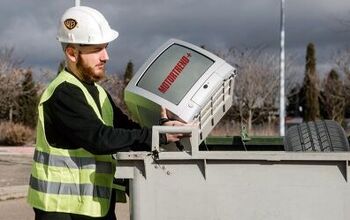
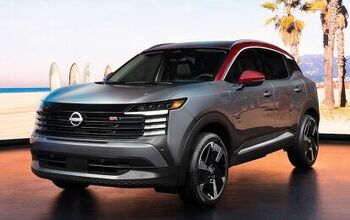
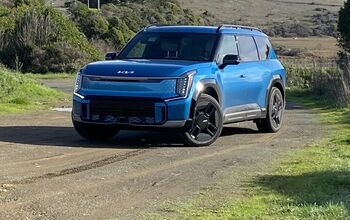
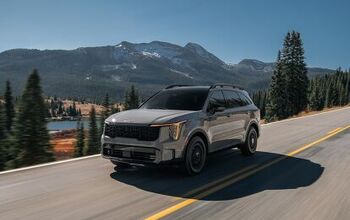

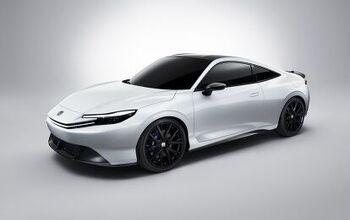
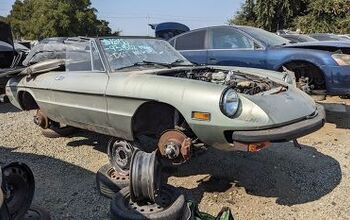

Comments
Join the conversation
There is a difference between aids and driver replacement. Many driver aids are helpful: backup cameras, rear cross-traffic sensors (bumper is just better positioned than driver), blind spot sensors (we've all done it), lane keeping alarms (sleepy, distracted) and some aspects of sensor controlled cruise. I freely admit that even these can be irritating but they are not, generally, sleep aids. The killers are the ones that drive for us. Humans are not programmed to pay attention when their inputs are not obviously needed. Data quantifying and working through this inevitability is desperately needed.
I had an HR-V as a dealer loaner when I took my Accord in for a wheel refinish and a minor rattle fix. (Honda squeak tape is awesome!) My Accord Touring has rain-sensing wipers, so I had to think for a second when I had to use the delay wipers in the HR-V, and they didn’t react like how I was accustomed. Same when I tried to activate the ACC, which the HR-V has, but not the low-speed follow, instead deactivating at 20mph, which my previous car, a 2013 Accord Touring, did. I know that when I’ve gone back into a car without the pushbutton transmission selection, I invariably place my fingertips where I expect a button might be before I reach for the shifter. When I was in a rental Accord last summer, chosen because I was renting another car from the dealer anyway instead of an Enterprise or Hertz because they had no vehicles, and unbeknownst to me, this dealer had a Honda franchise. So when I went to park the car at one point, I wondered why the car started to creep forward after I shut off the ignition with the button, because my 2.0T car with the pushbutton shifter will automatically put the transmission into Park when the ignition is shut off or the driver’s door is opened and the seat belt is unbuckled. Lord knows I’d probably forget lights on a car without automatic headlights, especially if the dash is lit up like the Vegas Strip at night! And I consider myself at least somewhat car-savvy! What would happen with the average soccer mom is anyone’s guess! :-O